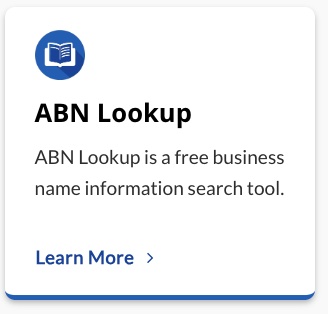It might seem like a crazy idea, but scientists are actually trying to create black holes in a lab. And just like anyone would guess, it’s no small task! The goal is to come up with new ways of examining how radiation particles could move in a black hole. To pull this off successfully, they’ll use a bunch of extremely sophisticated equipment, like a cool thing called a ‘gold nano-crescent.’
So, what’s this gold nano-crescent all about? Well, to see how the radiation particles would act in a black hole, they need to recreate the environment of a black hole. But we can’t just create a real black hole in our labs, can we? So instead, they came up with this idea of using this gold nano-crescent, which makes use of something known as a ‘plasmonic surface.’ A plasmonic surface makes it possible to trap and manipulate light just like how it would happen in a black hole.
This experiment isn’t just about satisfying the curiosity of seeing what happens in a black hole. Many may wonder- “Why does it matter? How would it affect or help us?”. Well, these experiments could play an enormous role in advancing advances in microelectronics. Microelectronics are used in many things like cell phones, computers and even cars. Researching black holes could thus change how we use and understand technology!
Next time you look at your phone or use your computer, you may not realise it, but you have science to thank. The miniaturisation process, which is a fancy way of saying ‘making things smaller,’ has been key to the development of technologies, allowing us to have powerful pocket-sized devices. This process has benefited immensely from experiments like this one, which allows scientists to mess around with and manipulate light at a nanoscopic scale.
Everything returns back to that gold nano-crescent, which is at the heart of this research. This tiny device, which is less than the width of a human hair, could help us discover more about the mysterious phenomena taking place within black holes, and how that might translate into advancements in our technology.
Undoubtedly, these experiments are incredibly complicated (and a little crazy). But as we’re seeing, understanding the deep mysteries of our universe can have some pretty cool and practical benefits for our everyday lives in ways we might not expect. So next time you hear about scientists trying to recreate a black hole in a lab, remember, it all starts with that gold nano-crescent.
Register your new business name at register.biz.au


